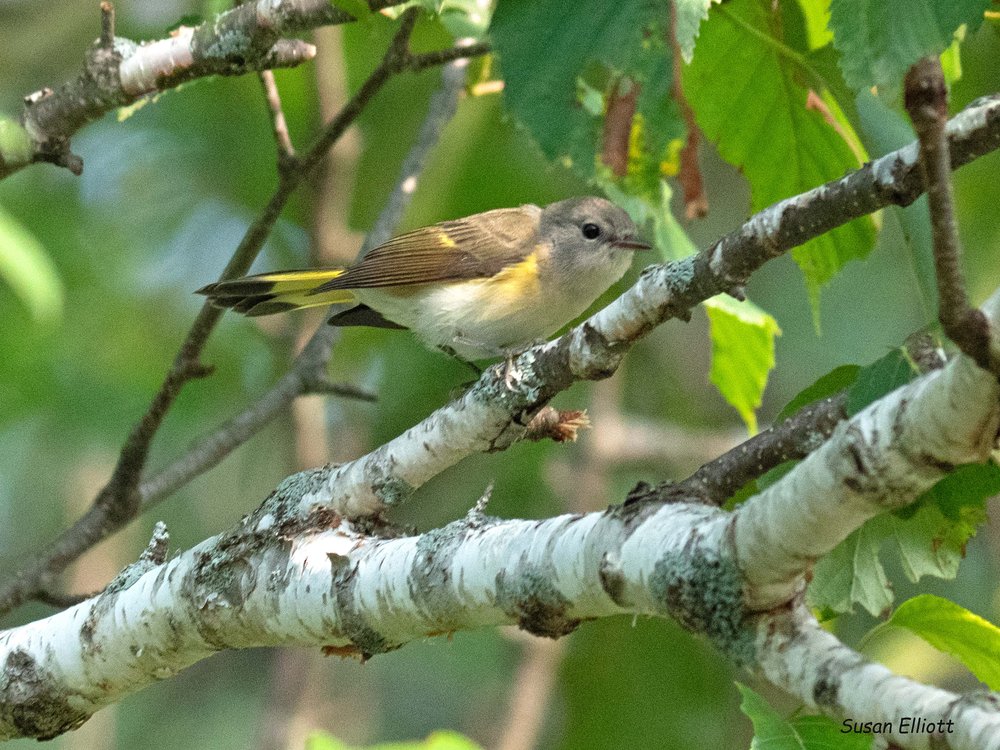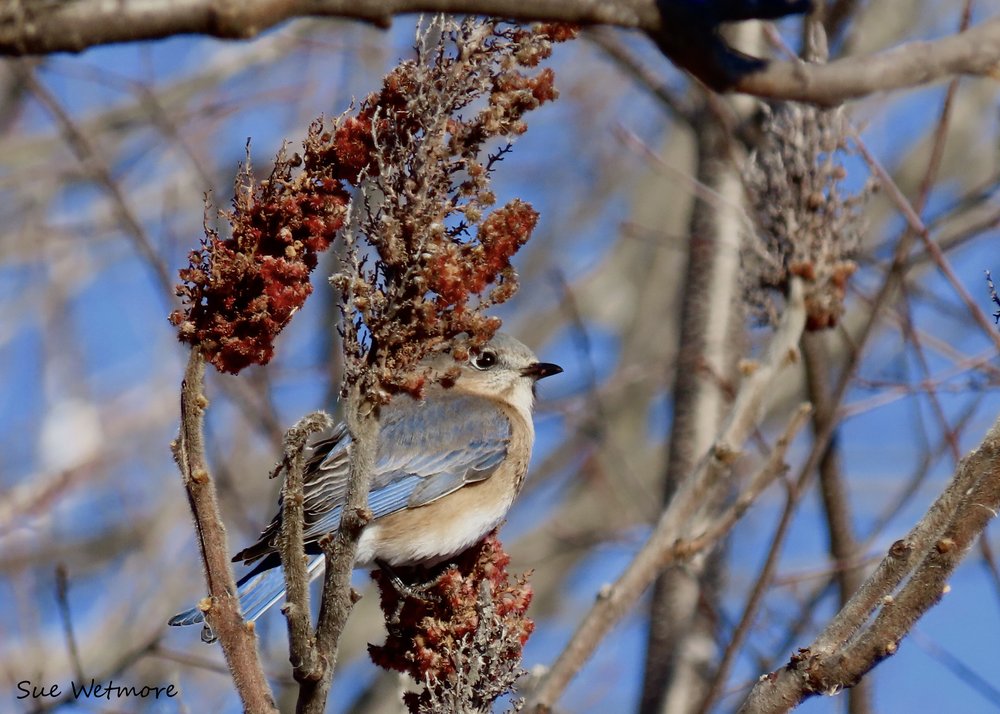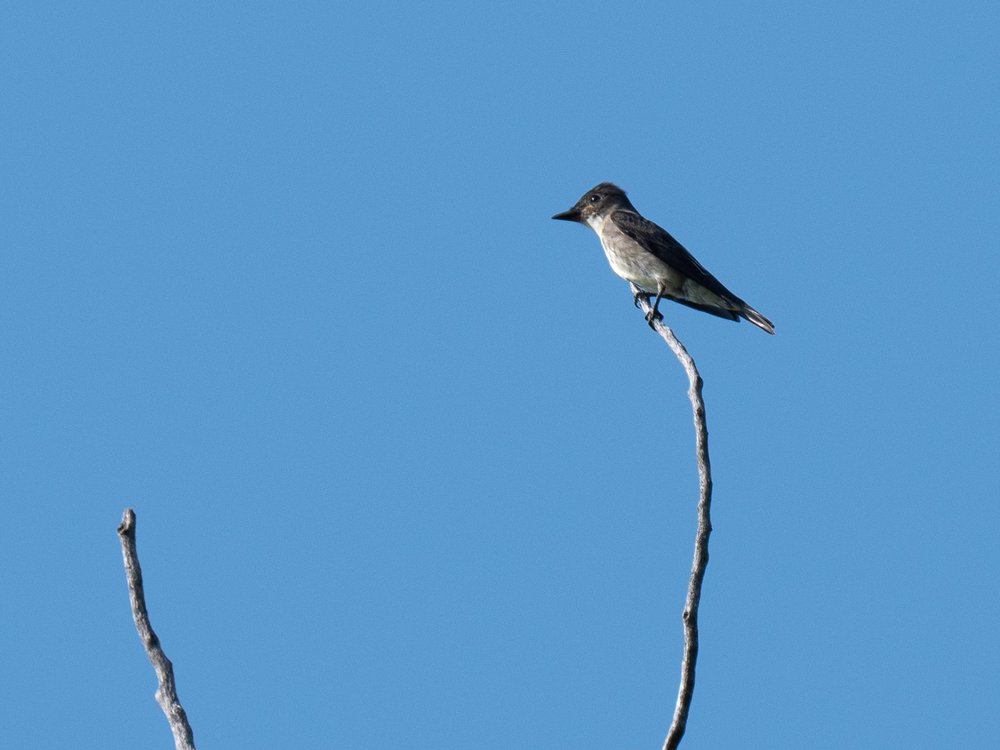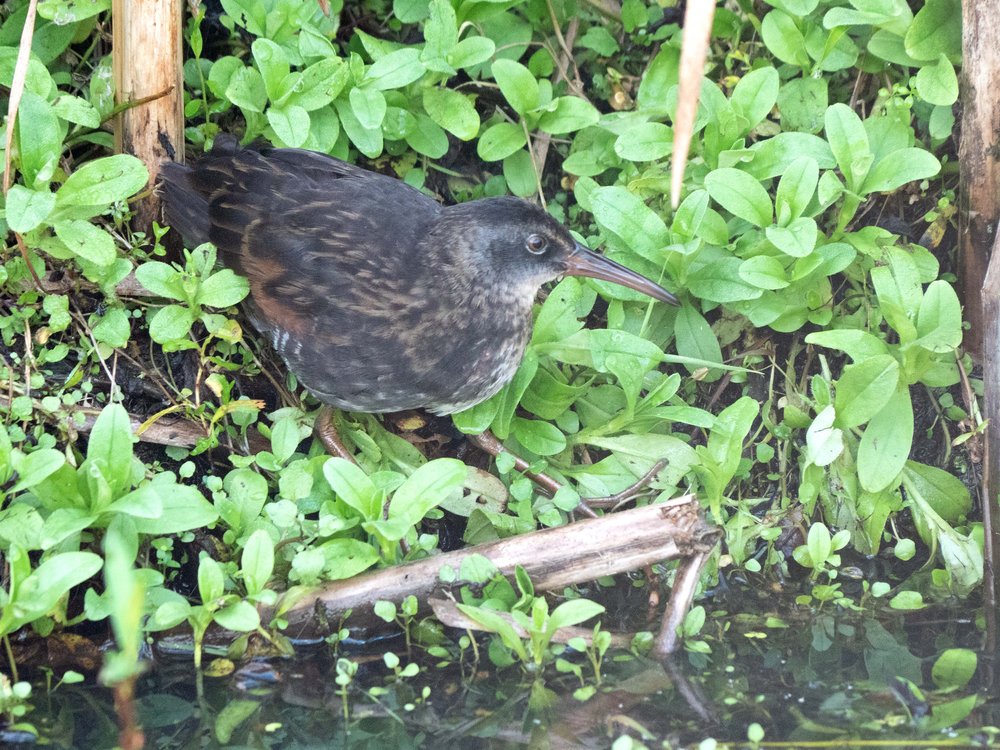 As the days get longer and the temperature drops to single digits, birding may seem less exciting. But not to birders during Christmas Bird Count season! The results from the 2022 Christmas Bird Count are in. This was our 49th annual count and National Audubon's 123rd.
As the days get longer and the temperature drops to single digits, birding may seem less exciting. But not to birders during Christmas Bird Count season! The results from the 2022 Christmas Bird Count are in. This was our 49th annual count and National Audubon's 123rd.
In addition to our field teams, we have a number of folks doing feeder counts. It’s a lot of work to organize and compile, but the more data we have the better indicator it is of the bird populations for our local area. The reason for the counts is just that - to check on the status of bird populations.
We express a sincere thank you to all field observers and feeder watchers. Your efforts are vital to Rutland County Audubon’s continued mission to preserve and protect birds and their habitats. And have a good time doing it!
Now the review:
The weather this year was even milder than the warm weather we have experienced in the last several years. There was no snow cover and the wind was variable between 5 and 15 miles per hour. The temperature ranged from 38 degrees and 46 degrees. Compared to some past years it was balmy. So how did it affect our bird count?
 Golden EagleIn 2022 we tallied 54 species and counted a total of 4,473 individual birds. Looking back at ten years this is a low numbers for individuals. This year’s species count includes three Count Week birds, birds not seen on count day, but on either the three days prior or three days following the count. The number of birds seen may be related to weather. Mild weather and no snow may mean birds are more dispersed to locations where food is available rather than being present along cleared roadsides and at fields. You’ve probably noticed that your feeders are busier when it is cold and snowy.
Golden EagleIn 2022 we tallied 54 species and counted a total of 4,473 individual birds. Looking back at ten years this is a low numbers for individuals. This year’s species count includes three Count Week birds, birds not seen on count day, but on either the three days prior or three days following the count. The number of birds seen may be related to weather. Mild weather and no snow may mean birds are more dispersed to locations where food is available rather than being present along cleared roadsides and at fields. You’ve probably noticed that your feeders are busier when it is cold and snowy.
So here are a few comparisons to the past ten years:
Wild Turkey: 205 this year compared to a high of 227 in 2018
Red-bellied Woodpecker: 16 compared to a high count of 17 also in 2018
Black-capped Chickadee: 460 birds compared to a high of 868 in 2013.
Eastern Bluebird: 63 compared to a high count of 85 in 2019. Last year was second highest in the period.
New Count Species Every year we wait somewhat impatiently to hear if a species was seen that was not seen during prior counts. This year we had none, but there were some highlights nevertheless.
Raptors were well-represented in this year’s count: Golden Eagle, Bald Eagle, Cooper’s Hawk, Northern Goshawk, Red-shouldered Hawk, Red-tailed Hawk and Rough-legged Hawk, American Kestrel, Merlin, Peregrine Falcon and Barred Owl.
Northern Flickers are becoming more common in winter and this year we also had a Yellow-bellied Sapsucker.
Sparrow numbers were fairly low and included American Tree Sparrow (37), Dark-eyed Junco (140), White-throated Sparrow (4) and Song Sparrow (1). A Savannah Sparrow was a nice addition to the count.
Although some winter irruptive species, have arrived in Vermont this winter (Evening Grosbeak, Pine Grosbeak, Bohemian Waxwing, Pine Siskin and Common Redpoll), only Pine Grosbeaks were seen during our count with a total of 13 seen.
Yes, effort counts. Maybe next year we will find other surprises. For new birders the time to start preparing is now by feeding birds and learning to ID them. Learn eBird to record the results. Build some time in your life to enjoy nature and contribute to the lifelong need to protect bird habitat starting with your own backyard. If you need help or have questions email us at (add link) enough people are interested, we could do a program in the fall to explain a bird count that is over 100 years old and to learn to ID birds.
Click here for a link to National Audubon’s database of Christmas Bird Count historical results.
by Marv Elliott
Rutland County Audubon CBC results:
Canada Goose 234
Wood Duck 5
American Black Duck 13
Mallard 193
Common Merganser 5
Ruffed Grouse 4
Wild Turkey 205
Golden Eagle 1
Cooper's Hawk 4
Northern Goshawk 1
Bald Eagle 3
Red-shouldered Hawk 1
Red-tailed Hawk 17
Rough-legged Hawk 1
Wilson's Snipe 1
Rock Pigeon 473
Mourning Dove 117
Barred Owl 2
Belted Kingfisher 1
Red-bellied Woodpecker 16
Yellow-bellied Sapsucker 1
Downy Woodpecker 45
Hairy Woodpecker 17
Northern Flicker 2
Pileated Woodpecker 7
American Kestrel 1
Merlin 1
Peregrine Falcon 1
Blue Jay 51
American Crow
Common Raven 30
Black-capped Chickadee 460
Tufted Titmouse 92
Red-breasted Nuthatch 8
White-breasted Nuthatch 87
Brown Creeper 5
Carolina Wren 9
Golden-crowned Kinglet 5
Eastern Bluebird 63
American Robin 8
European Starling 1226
Cedar Waxwing 7
American Tree Sparrow 37
Dark-eyed Junco 140
White-throated Sparrow 4
Savannah Sparrow 1
Song Sparrow 1
Northern Cardinal 63
Red-winged Blackbird 6
Pine Grosbeak 13
House Finch 100
Purple Finch 1
American Goldfinch 55
House Sparrow 151
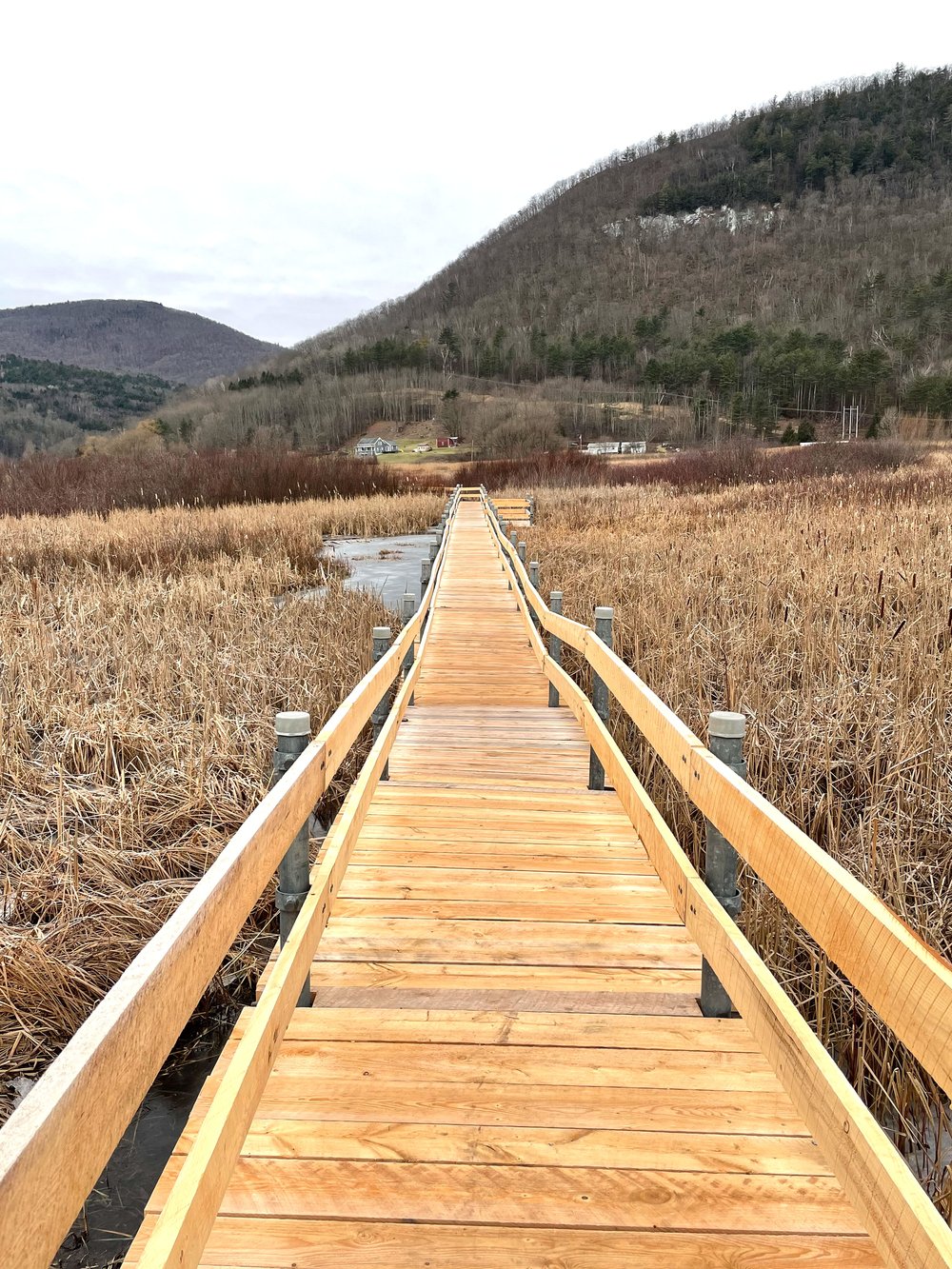 No snow and mild temperatures! Today’s walk around West Rutland Marsh seemed more like a day in November rather than mid-January. Seven participants tallied 21 species, none of them a surprise and none of the winter irruptives being seen sporadically elsewhere in the state.
No snow and mild temperatures! Today’s walk around West Rutland Marsh seemed more like a day in November rather than mid-January. Seven participants tallied 21 species, none of them a surprise and none of the winter irruptives being seen sporadically elsewhere in the state.







